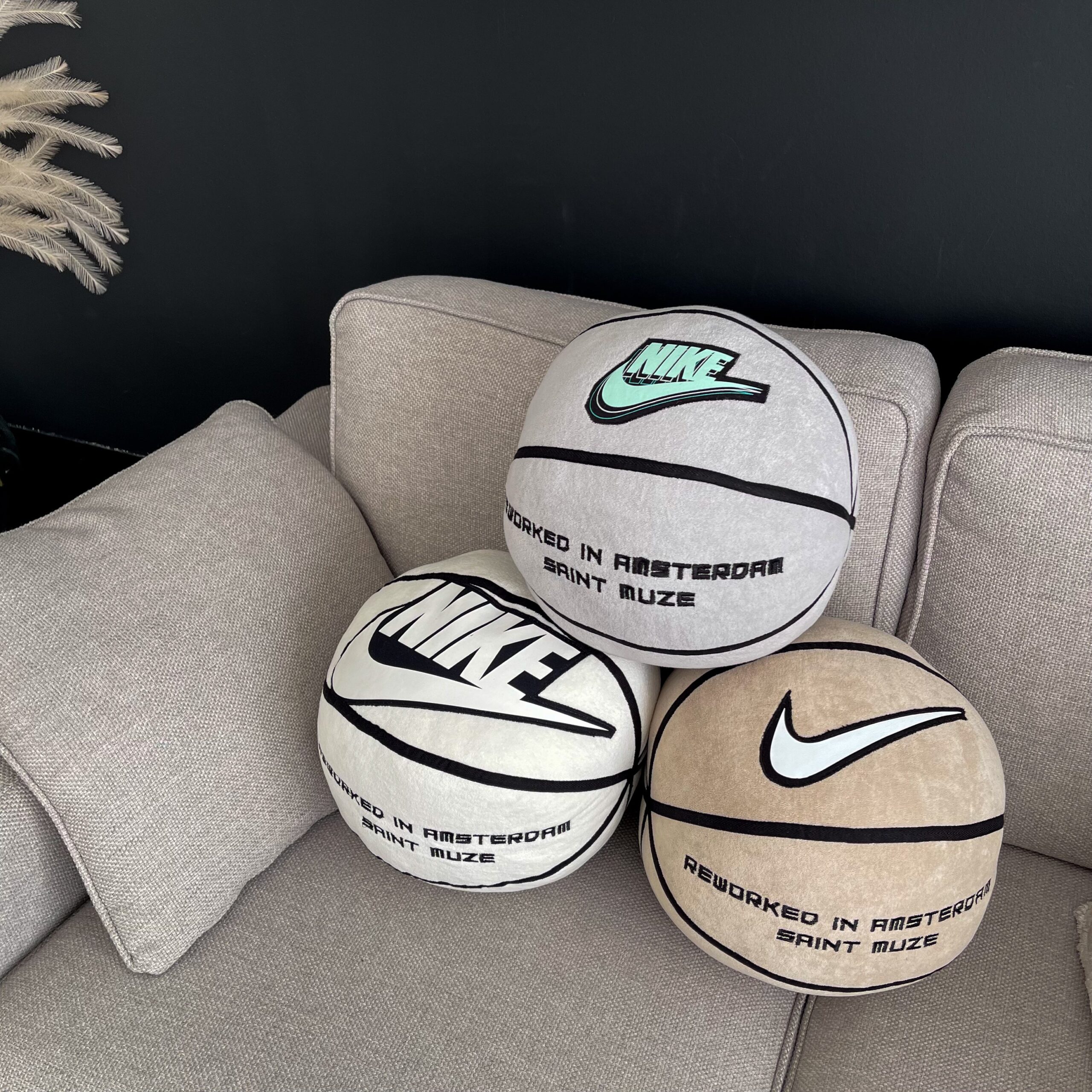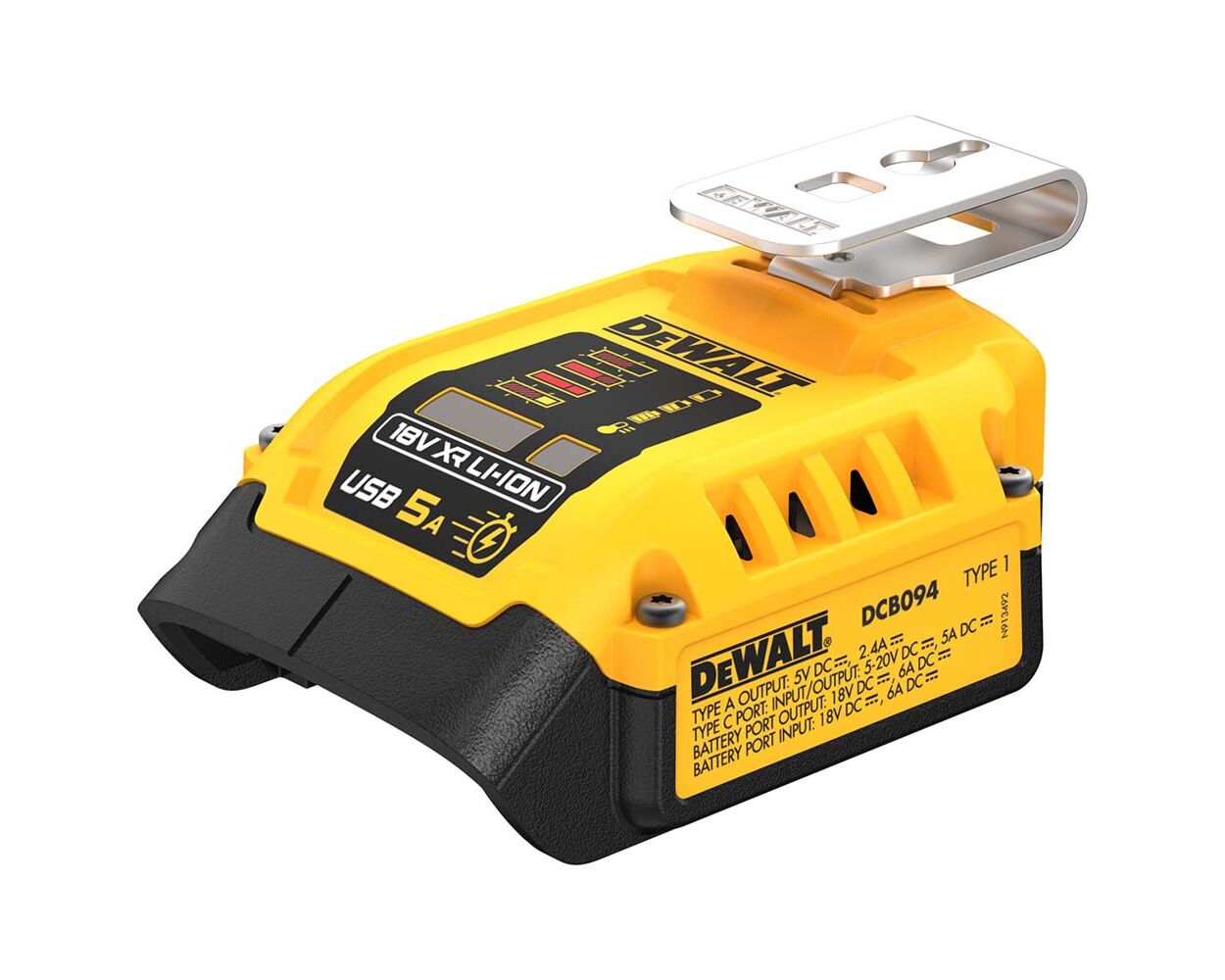Introduction
Cinder block benches are a popular choice for those looking to create a functional and stylish seating area in their outdoor spaces. These benches offer a unique combination of durability, affordability, and design flexibility that can enhance any garden, patio, or backyard. This guide aims to provide you with comprehensive information on building, designing, and decorating your cinder block bench, ensuring you have all the knowledge you need to create a standout feature in your outdoor area.
In this guide, we’ll cover everything from the basics of what a cinder block bench is, to detailed instructions on how to build one, and finally, how to design and decorate it to match your personal style. Whether you’re a DIY enthusiast or someone looking to add a practical and stylish element to your outdoor space, this article will provide you with the tools and inspiration needed to get started.
1. Understanding Cinder Block Benches
1.1 What is a Cinder Block Bench?
A cinder block bench is a type of outdoor seating made primarily from cinder blocks, which are a common building material. Cinder blocks, also known as concrete masonry units (CMUs), are lightweight, durable, and versatile. They are often used in construction due to their strength and affordability. A cinder block bench typically consists of stacked or arranged cinder blocks, creating a sturdy and functional seating area.
Historically, cinder blocks have been used in various construction projects, from retaining walls to foundations. Their use in creating benches represents a creative application of a traditional material. The simplicity of the design allows for customization and adaptation to different styles, making it an attractive option for many homeowners looking to enhance their outdoor spaces.
1.2 Benefits of Cinder Block Benches
Cinder block benches offer numerous benefits that make them a compelling choice for outdoor seating. First and foremost, their durability is a major advantage. Cinder blocks are resistant to weather conditions, pests, and general wear and tear, making them ideal for outdoor use. This durability translates into a long-lasting investment that requires minimal maintenance.
Cost-effectiveness is another significant benefit. Cinder blocks are relatively inexpensive compared to other building materials, which makes constructing a bench a budget-friendly project. Additionally, their versatility allows for a range of design options, from minimalist to elaborate, enabling you to create a piece that fits your specific aesthetic preferences. The ease of construction, combined with these benefits, makes cinder block benches an excellent choice for those looking to enhance their outdoor living spaces without breaking the bank.
2. Planning Your Cinder Block Bench
2.1 Selecting the Right Materials
Choosing the right materials is crucial for building a durable and attractive cinder block bench. The type of cinder blocks you select will impact the overall look and functionality of your bench. Standard cinder blocks, also known as hollow blocks, are commonly used due to their lightweight and easy-to-handle nature. However, solid cinder blocks can provide additional stability and strength if needed.
In addition to cinder blocks, you’ll need other materials such as mortar to bond the blocks together, and possibly cushions or upholstery for added comfort. It’s essential to choose high-quality mortar that is suitable for outdoor use to ensure the longevity of your bench. If you plan to paint or stain the blocks, make sure to use weather-resistant finishes to protect against the elements.
2.2 Measuring and Designing Your Bench
Proper planning is key to building a successful cinder block bench. Start by measuring the area where you intend to place the bench. Consider factors such as the available space, the number of people who will use the bench, and the overall design of your outdoor area. Creating a sketch or blueprint of your design can help visualize the final product and ensure that you have accounted for all dimensions and features.
When designing your bench, think about its size and shape. A standard bench is typically around 18 inches high and 12 to 14 inches deep, but these dimensions can be adjusted based on your needs and preferences. Decide whether you want a simple straight bench or a more intricate design with curves or additional features. Accurate measurements and thoughtful design will help ensure that your bench not only looks great but also functions well in your space.
2.3 Preparing the Installation Site
Preparing the site where you plan to install your cinder block bench is a critical step in the construction process. Choose a location that is flat and stable to ensure the bench remains secure. If the ground is uneven, you may need to level it by removing any grass or debris and adding a layer of gravel or sand to create a stable foundation.
Once the site is prepared, mark out the dimensions of your bench to guide the placement of the cinder blocks. Using a level and measuring tape, ensure that the area is properly aligned and adjusted before you begin laying the blocks. Proper site preparation will contribute to the overall stability and longevity of your bench.
3. Building Your Cinder Block Bench
3.1 Step-by-Step Construction Guide
Building a cinder block bench involves several key steps. First, lay the foundation by arranging the cinder blocks in the desired pattern. Begin by placing the first layer of blocks on the prepared site, ensuring that they are level and aligned. Use mortar between the blocks to bond them together and create a stable base.
Continue stacking additional layers of blocks as needed to reach the desired height. If your design includes additional features, such as storage compartments or planters, integrate these elements during the construction process. Allow the mortar to dry completely before using the bench to ensure that the structure is fully set and stable.
3.2 Tips for a Successful Build
To achieve the best results, keep in mind some key tips for building a cinder block bench. Ensure that each layer of blocks is level and properly aligned to prevent instability. Use a trowel to apply mortar evenly and remove any excess to avoid messiness. Regularly check the alignment of the blocks as you build to ensure a straight and sturdy bench.
Avoid common mistakes such as using inadequate mortar or neglecting site preparation. Proper preparation and attention to detail will result in a bench that not only looks good but also stands the test of time. If needed, consult with a professional or seek advice from experienced builders to address any challenges or questions during the construction process.
4. Designing and Decorating Your Cinder Block Bench
4.1 Design Variations and Customizations
One of the advantages of cinder block benches is their flexibility in design. You can customize your bench in various ways to suit your style and preferences. Consider painting or staining the cinder blocks to add color and texture. Weather-resistant paints and stains can enhance the appearance and protect the bench from outdoor elements.
Incorporating additional features, such as built-in planters or storage compartments, can further personalize your bench. Planters can be used to grow flowers or herbs, adding a touch of greenery to your outdoor space. Storage compartments can provide a practical solution for storing garden tools or outdoor cushions. These customizations can enhance the functionality and visual appeal of your bench.
4.2 Comfort and Functionality Enhancements
To make your cinder block bench more comfortable, consider adding cushions or upholstery. Outdoor cushions designed for benches are available in various sizes and styles, providing both comfort and visual appeal. Choose fabrics that are resistant to weather and UV rays to ensure durability.
Integrating your bench with outdoor décor can also enhance its functionality and aesthetics. Surround the bench with potted plants, decorative lighting, or outdoor rugs to create a cohesive and inviting space. By carefully selecting and arranging these elements, you can transform your cinder block bench into a stylish and comfortable seating area that complements your overall outdoor design.
Conclusion
Cinder block benches offer a unique and practical solution for outdoor seating. With their durability, cost-effectiveness, and design flexibility, they can be customized to fit any style and enhance any outdoor space. By following the guidelines and tips provided in this guide, you can build, design, and decorate a cinder block bench that not only meets your functional needs but also adds a touch of creativity and style to your garden, patio, or backyard.
Embrace the opportunity to create a standout feature in your outdoor area with a cinder block bench. Whether you choose a simple design or incorporate additional features, the result will be a durable and attractive seating option that enhances your outdoor living experience.





